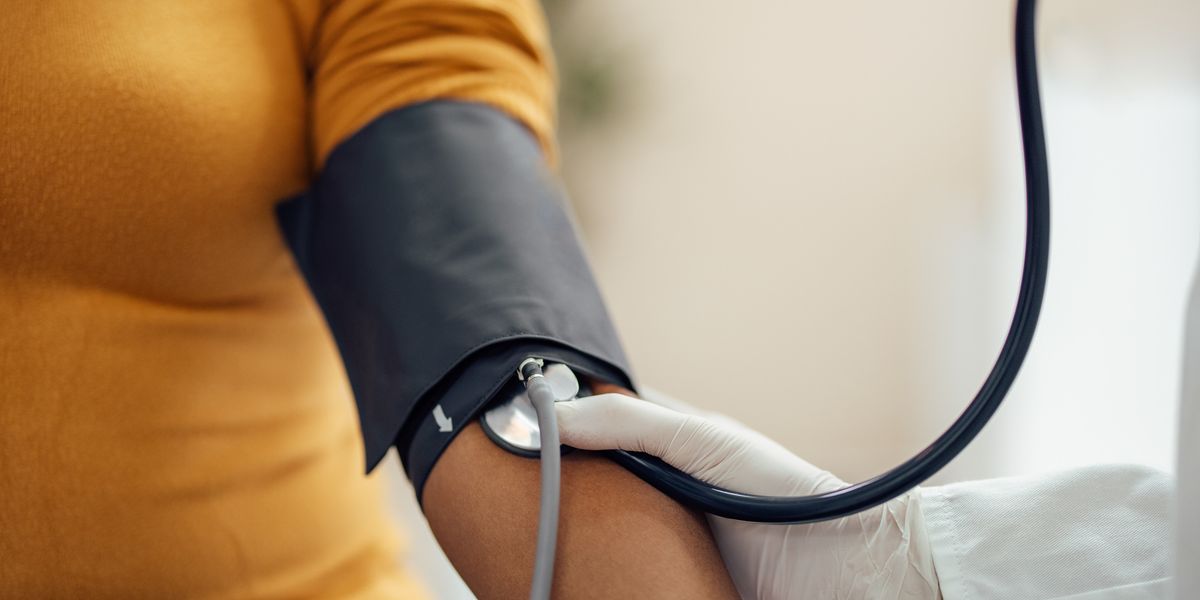- Blood pressure readings can be significantly overestimated when the arm is unsupported or resting on the lap
- Study found that systolic pressure can be overestimated by up to 7 mmHg when the arm is unsupported
- Findings stress the need for patients to advocate for proper technique during blood pressure measurements
Two commonly used arm positions used in clinics to take a blood pressure reading could overestimate the results and lead to a misdiagnosis of high blood pressure.
Research has found that when a patient has their arm on their lap or the arm is unsupported at their side, their blood pressure readings are significantly higher compared to when their arm is supported on a desk – the position recommended in clinical guidelines.
The team behind the study say the findings highlight how arm position can make a “huge difference” when it comes to accuracy of blood pressure measurements.
- Free blood pressure tests now offered by dentists and opticians
- High blood pressure associated with drinking from plastic bottles
- Weight loss drug effective at lowering blood pressure in people with obesity
They say that best practice guidelines must be followed and that patients “must advocate for themselves in the clinical setting and when measuring their blood pressure at home”.
In blood pressure measurements, the systolic pressure reading is the top number, or the force of blood flow when pumped out of the heart.
The diastolic blood pressure is the bottom number, or the pressure in the arteries when the heart rests between beats.
The researchers, from Johns Hopkins Medicine in America, found that when the arm is just supported in the lap, the systolic pressure was overestimated by nearly four mmHg, while the diastolic blood pressure was overestimated by four mmHg.
When a reading is taken from an unsupported arm hanging at the side, the systolic pressure was overestimated by nearly seven mmHg and the diastolic by 4.4 mmHg.
Study author Sherry Liu, an epidemiology research coordinator at Johns Hopkins Bloomberg School of Public Health, said: “If you are consistently measuring blood pressure with an unsupported arm, and that gives you an overestimated BP of 6.5 mmHg, that’s a potential difference between a systolic BP of 123 and 130, or 133 and 140 – which is considered stage two hypertension.”
- Choosing a Blood Pressure Monitor
- Couples around the world often share high blood pressure
- Insomnia symptoms linked to greater risk of high blood pressure among women
Around half the adult American population has raised blood pressure, which is when the force of blood flowing through blood vessels is higher than what is generally considered normal – around 120/80.
High blood pressure which is left untreated can increase the risk of stroke and heart attack, and regular screening is necessary as the condition very often has no symptoms.
According to the American Heart Association, there is a number of key steps that must be followed for an accurate reading – including the right cuff size, support for the back, feet flat on the floor with legs uncrossed, and the right arm position, with the cuff positioned at mid-heart level on an arm supported on a table.
The John Hopkins study involved 133 participants aged between 18 to 80, who were allocated one of six groups that differed by order of the three seated arm positions.
Read the study in JAMA Internal Medicine.




